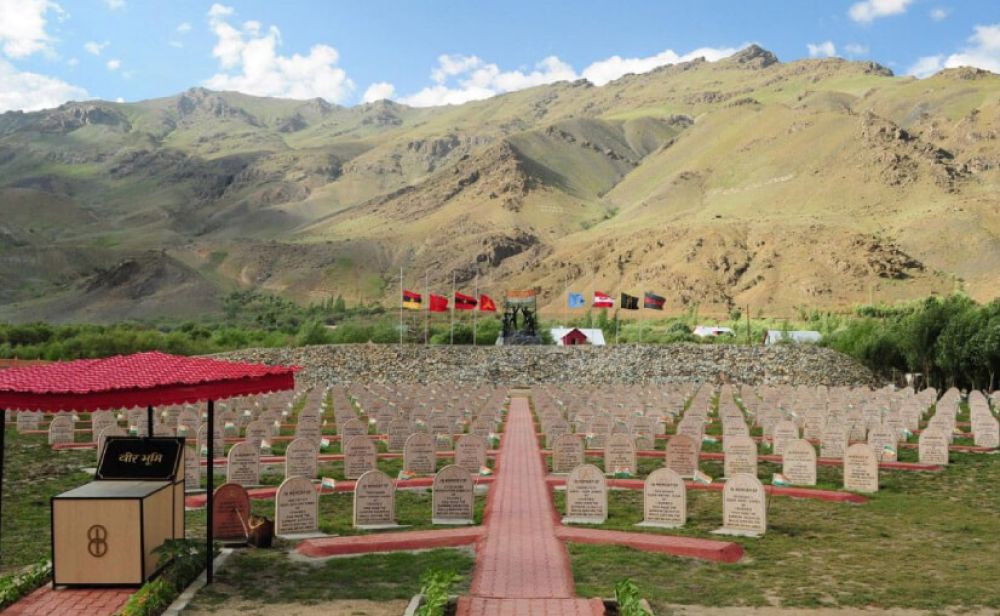

Kargil, a district in the union territory of Ladakh in India, has seen a steady evolution in its tourism landscape over the years. Nestled amidst the mighty Himalayan and Karakoram mountain ranges, Kargil's historical significance and natural beauty have made it an intriguing destination for travelers.
The tourism industry in Kargil started to flourish in the late 20th century. Initially, it was a part of the erstwhile state of Jammu and Kashmir. The region attracted adventurers and explorers who wished to scale its high mountains or traverse its remote landscapes. However, tourism was limited due to the lack of infrastructure and the region's geopolitical situation.
The Kargil War between India and Pakistan in 1999 placed Kargil in the global spotlight, but it also impacted tourism negatively. The conflict posed a temporary setback as the region's security situation became a major concern for potential visitors. In the aftermath of the war, the Indian government started to improve road connectivity and other infrastructure to promote peace and development, which in turn benefited the tourism sector.
In recent years, with improved road networks and the opening of the region to tourists, Kargil has seen a significant growth in tourist arrivals. The Indian government's push for promoting Ladakh as a unique tourism destination after its designation as a union territory in 2019 has added to the impetus. The construction of the Zojila Pass Tunnel, which is set to be the longest bi-directional road tunnel in Asia, is expected to make travel to Kargil more accessible and boost tourism further.
Tourism in Kargil has largely been characterized by its cultural and adventure travel opportunities. The region's rich Buddhist and Islamic heritage, visible in its monasteries and mosques, draws numerous cultural enthusiasts. Meanwhile, trekkers and mountaineers are attracted to the challenging terrains of Nun Kun Peak and other high-altitude trails.
One of the latest trends in Kargil tourism is the growth of homestays and eco-friendly accommodations, allowing visitors to experience the local culture while promoting sustainable tourism practices. Bike tourism has also seen a rise with motorcyclists seeking the thrill of traversing Kargil’s rugged landscapes.
The history of tourism in Kargil is one of resilience and growth. Despite past conflicts and challenges, the region's tourism has bounced back stronger, with an increasing number of travelers keen to explore its unique offerings. With ongoing developments and a move towards sustainable tourism, Kargil is poised for a bright future as a distinguished destination in the Himalayas.